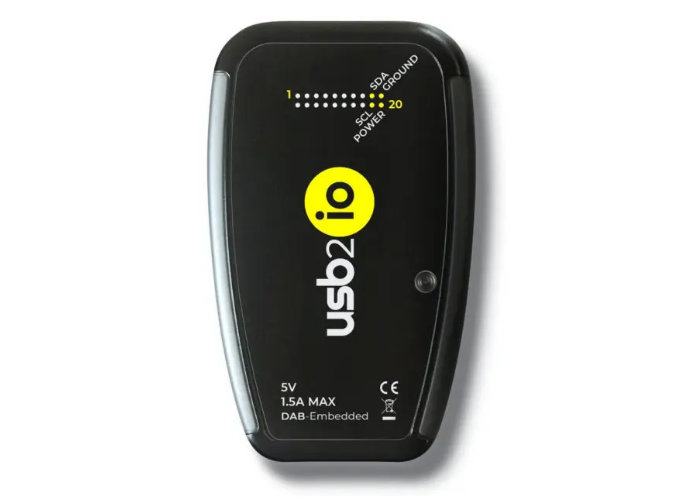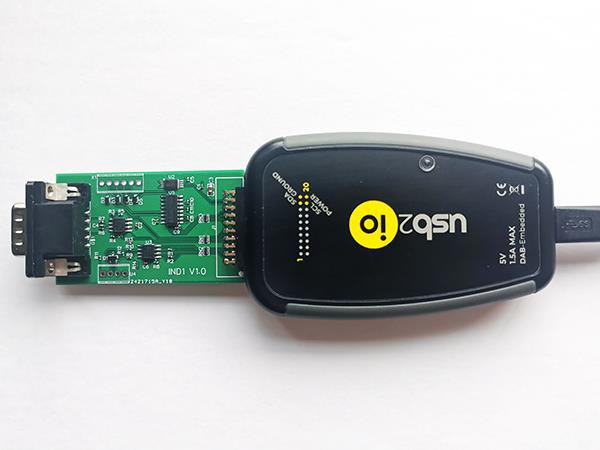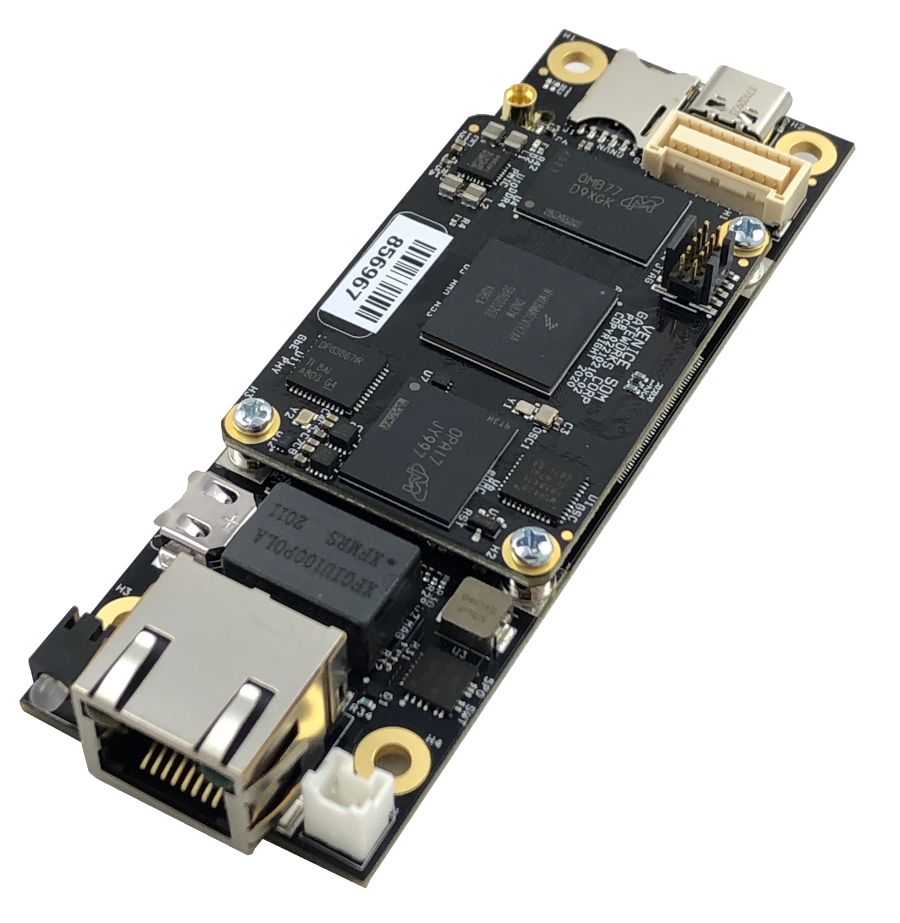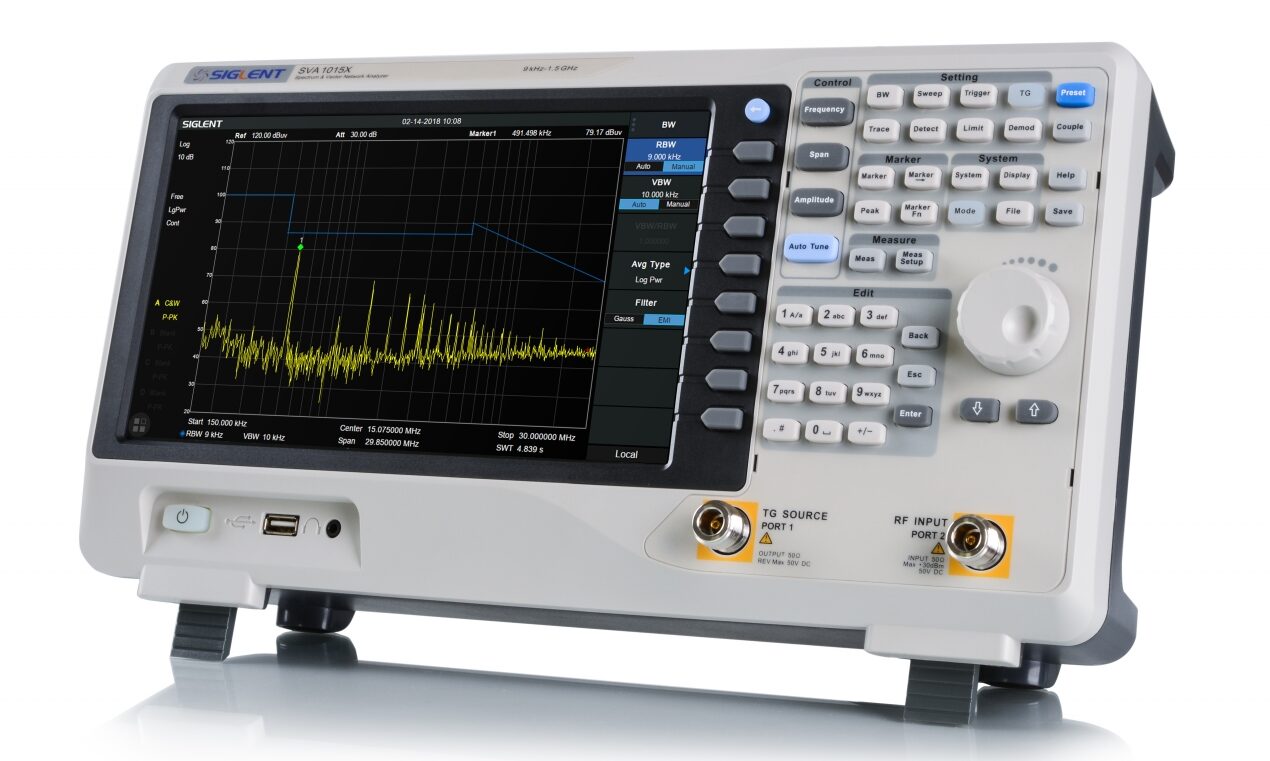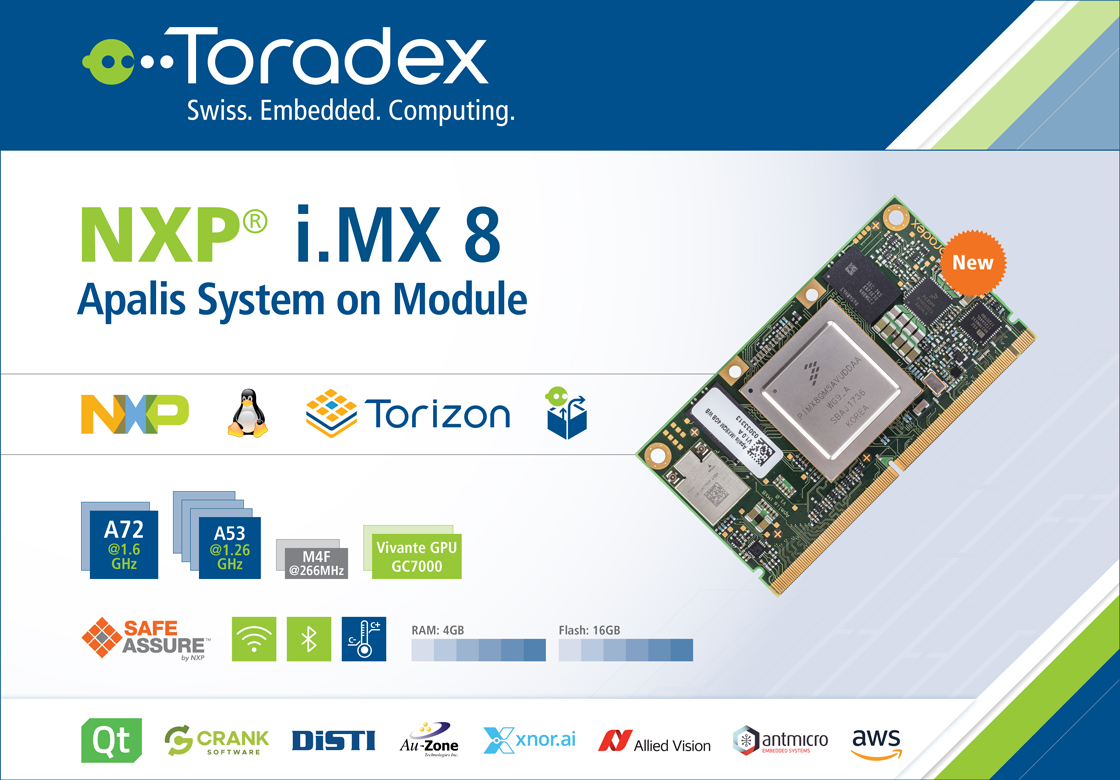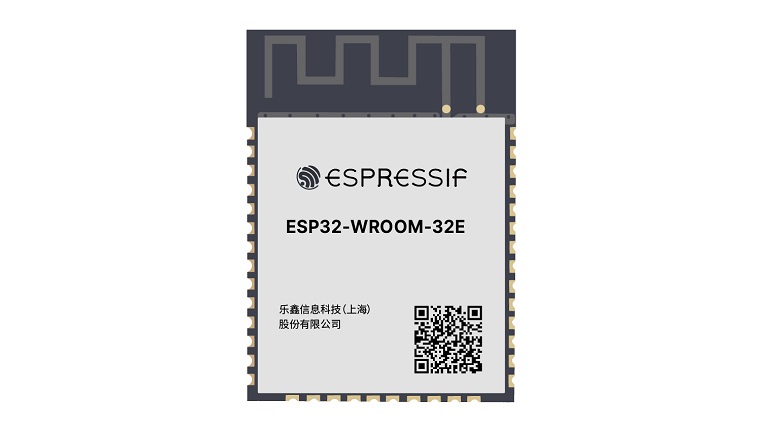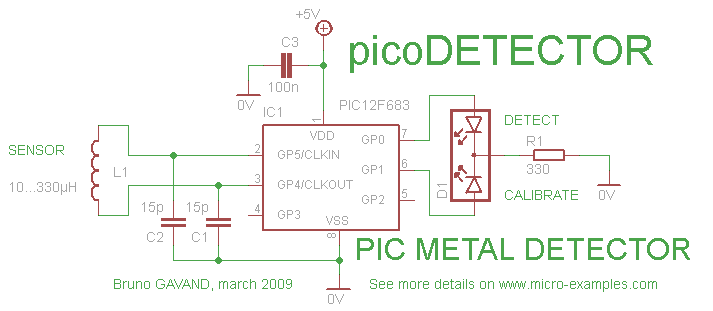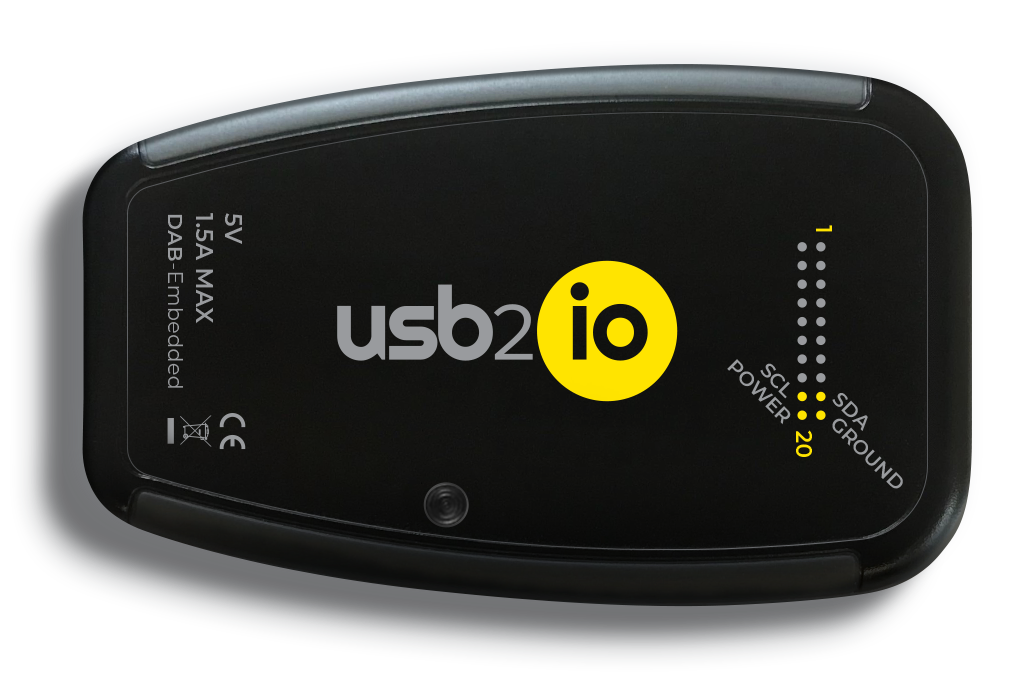
More flexibility and higher I/O speeds? Meet the new USB2IO interface explorer
USB2IO is a high-tech interface device that is fully powered by USB and totally dependent on STMicro STM32H7 MCU and Intel Cyclone 10 FPGA. It is an FPGA-based multi-I/O device that offers ease of working with various electronic devices using common interfaces. It is designed towards helping engineers and embedded developers communicate with various breakout boards and functional hardware blocks.
USB2IO comes with an I/O speed of 300 MHz, I/O voltage level support of 1.8V – 3.3V, 32MB RAM, 64MB ROM, a 20-pin I/O port (single I/O or 8-differential high-speed pairs), and a USB 2.0 high-speed port.
USB2IO is a USB to IO interface that combines the functionality of a protocol analyzer, a data logger, a communication interface, an embedded functional test platform, and a basic signal generator.
KEY FEATURES:
- Upgradable FPGA and MCU firmware for control modules
- Failsafe bootloader for safe firmware upgrade
- Python and C++ SDKs for developer’s support (invade you need to implement automated testing for instance)
SPECIFICATIONS:
- STMicro STM32H743 Arm Cortex-M7 clocked @ 480MHz
- Intel Cyclone 10LP (10CL040) FPGA with 40k logic elements, 1,134 Mbit embedded memory and 126 DSP blocks
- External 64MB QSPI flash for extra FPGA code storage
- 32MB SDRAM for MCU and FPGA (64MB in total)
- High-speed USB 2.0 Type-C port
- 50 MHz oscillator
- I/Os via 20-pin header
- 16x GPIO single-ended mode, 8x LVDS pair mode or a mix of 2 modes depending on firmware configuration
- 1.8V – 3.3V, LVDS 2.5V
- 300 MHz I/O speed
- Si570 Programmable PLL with frequency range of 10 MHz to 250 MHz
- Power Supply
- 5V/1.5A using USB-C interface
- 1A max programmable LDO with voltage range 1.8V – 3.3V designed for powering external (customer’s) device
- Operating System: Microsoft Windows OS, MacOS and Linux
- Dimensions: 100 mm x 65 mm x 20 mm
- Weight: 80 g
- Certification: CE
The device is a very good lab/production tool that can be used for the following applications:
- Communication with other electronics using I2C, SPI, I2S, PDM microphone interface, USART, RS485, CAN 2.0B bus, MDIO, and other interfaces.
- 16-channel pattern generator via 16-pin GPIO interface
- 8-LVDS pairs available (up to 300MHz)
- Powering an external device with it’s 1A max programmable LDO with voltage range 1.8V – 3.3V
- Automatic electronic functional testing
- Data Transmission using ASCII or RAW protocol
- Communication with Host PC using USB HID device (Virtual COM port)
- Capture monochrome/color pictures/videos from CMOS / CCD sensors
If this interests you and you’re probably considering getting one for yourself, you can check the official website for further details on the USB2IO interface explorer including documentation, user guide, and programming guide, or better still visit Amazon.co.uk where the board sells for about $520.





